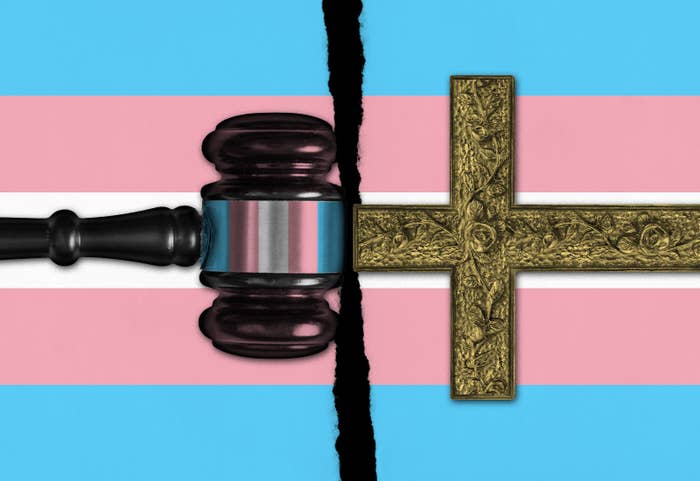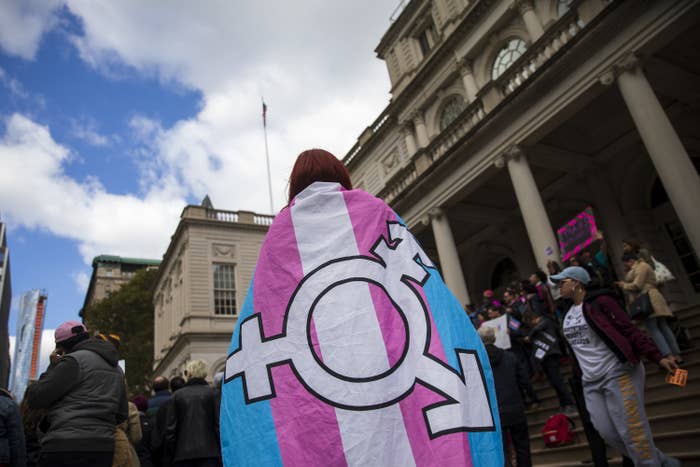A megachurch in Arizona that hosted Trump this week falsely claimed that its air filtration system could kill '99% of COVID in 10 minutes'
Young people listen to President Donald Trump as he delivers an "Address to Young Americans" at the Dream City Church in Phoenix, Arizona, June 23, 2020. Carlos Barria/Reuters
Dream City Church in Phoenix, Arizona, posted a video over the weekend claiming an air filtration system they had could eliminate COVID-19.
Dream City Church in Phoenix, Arizona, posted a video over the weekend claiming an air filtration system they had could eliminate COVID-19.
The video, which has since been deleted, was posted just days before President Donald Trump attended a Students for Trump rally at the church.
The church has since backtracked its claim that the filtration could kill "99% of COVID within 10 minutes," saying that it mistakenly used "COVID" and "coronavirus" interchangeably.
The filtration system the church installed, called CleanAir EXP, has eliminated other strands of coronavirus in lab testing, including strands of the common cold.
The company said in a statement: "We do not, however, eliminate COVID-19 at this time."
A megachurch in Arizona that hosted President Donald Trump on Tuesday had falsely claimed days earlier that its air filtration system could kill "99% of COVID within 10 minutes."
Dream City Church in Phoenix, Arizona, posted a video over the weekend featuring senior pastor Luke Barnett and chief operations officer Brendan Zastro, in which they said the church had installed an air filtration system from the Phoenix-based Clean Air EXP to help stop the spread of COVID-19.
"When you come into our auditorium, 99% of COVID is gone, killed, if it was even there in the first place," Barnett says in the video. "Thank God for good technology."
—Vaughn Hillyard (@VaughnHillyard) June 22, 2020
The video has since been deleted from the church's Facebook page, and the church issued a clarification in which it said the filtration does not eliminate the virus.
"We have heard Coronavirus and COVID used interchangeably," the church said. "Our statement regarding the CleanAir EXP units used the word COVID when we should have said Coronavirus or COVID surrogates. We hope to alleviate any confusion we may have caused."
Still, the video was picked up by others and circulated on social media through the weekend and into Monday and Tuesday in the lead up to Trump's visit, in which he spoke at a Students for Trump event alongside his son, Donald Trump, Jr.
According to Clean Air EXP, its air filtration system can eliminate test surrogates from some coronavirus strands, but not COVID-19.
The company's website says that lab analysis for the system was performed on active coronavirus 229E test surrogate — one of the viruses responsible for the common cold.
After news of Dream City's video spread on the internet, Clean Air EXP issued a statement clarifying what the church had said.
"We do not, however, eliminate COVID-19 at this time," the statement said. "Our coronavirus surrogate testing results are significant for the future of clean air. We welcome the opportunity to collaborate with the CDC for additional laboratory testing and support the CDC's guidelines on hygiene habits to prevent the spread of COVID-19."
Jeffrey Siegel, a professor in the department of civil and mineral engineering at the University of Toronto, told CBS News that lab reports don't reflect how a system would actually work in a building, like Dream Church's auditorium.
"My problem with those results – from what I can tell, because it's not well described in the test report – they did it in an entirely sealed chamber, and that's just not a fair test," Siegel told CBS News. "You can't just go from laboratory test results and go, 'This is going to work in a building,' because the building is fundamentally different."
Phoenix Mayor Kate Gallego voiced concerns over the Students for Trump event at Dream City Church on Monday, saying she was didn't believe such a large gathering could "be held safety."
Dream City said ahead of the event that it was handing out masks and taking temperatures when people checked in, according to the Phoenix New Times. Photos from the event showed many people not wearing masks and sitting in close proximity to one another.
COVID-19 cases are surging in Arizona, and many cities have issued mask requirements in the last week.
THIS IS THE SECOND TIME IN THE PAST TWO WEEKS TRUMP HAS HELD AN EVENT IN AN EVANGELICAL PROTESTANT MEGACHURCH IN VIOLATION OF THE FIRST AMENDMENT THE SEPARATION OF CHURCH AND STATE.
BUT TRUMP DOESN'T CARE FOR ANY AMENDMENT EXCEPT THE SECOND
HE DOES NOT APPROVE OF FLAG BURNING EITHER
A RIGHT GUARANTEED UNDER THE FIRST AMENDMENT ACCORDING TO SCOTUS












